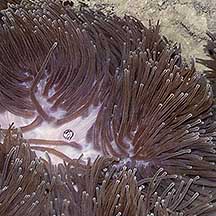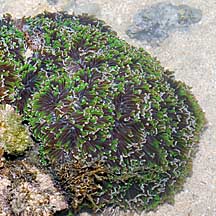 |
|
| cnidarians text index | photo index |
| Phylum Cnidaria |
| Large
'hairy' cnidarians How to tell them apart? updated Apr 2020 Several large cnidarians (50cm and above) covered with 'hairy' or 'furry' stuff are sometimes confused for one another. Here's more on how to tell them apart. |
 |
 |
 |
|
Sea
anemone
Order Actiniaria |
Leathery
soft coral
Order Alcyonacea |
Anemone
hard coral
Order Sclerectina |
|
A
sea anemone is usually
a single animal. |
A
leathery coral is usually
a colony of many tiny animals. |
A
hard coral is usually
a colony of many tiny animals. |
 |
 |
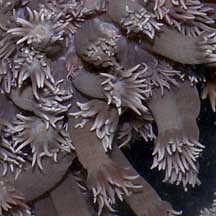 |
| The
sea anemone has a central mouth. |
The leathery coral colony does not have a central mouth. The leathery tissue is shared by the tiny polyps. | The hard coral colony does not have a central mouth. The hard skeleton is created by the tiny polyps. |
| The
'hairy' things on the disk are tentacles. |
The
'hairy' things are actually tiny polyps, each with a tiny central mouth and tentacles. |
The
'hairy' things are actually tiny polyps, each with a tiny central mouth and tentacles. |
| More comparisons |
These are some large sea anemones with a close up look at their tentacles.
 |
 |
 |
These are soft corals with a close up look at their polyps.
 |
 |
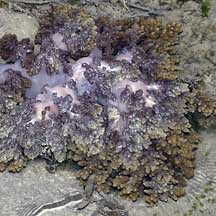 |
 |
 |
 |
These are some hard corals with long polyps or tentacles.
 |
 |
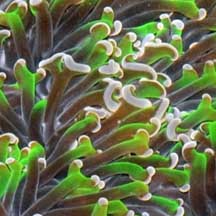 |
| how to tell apart |





